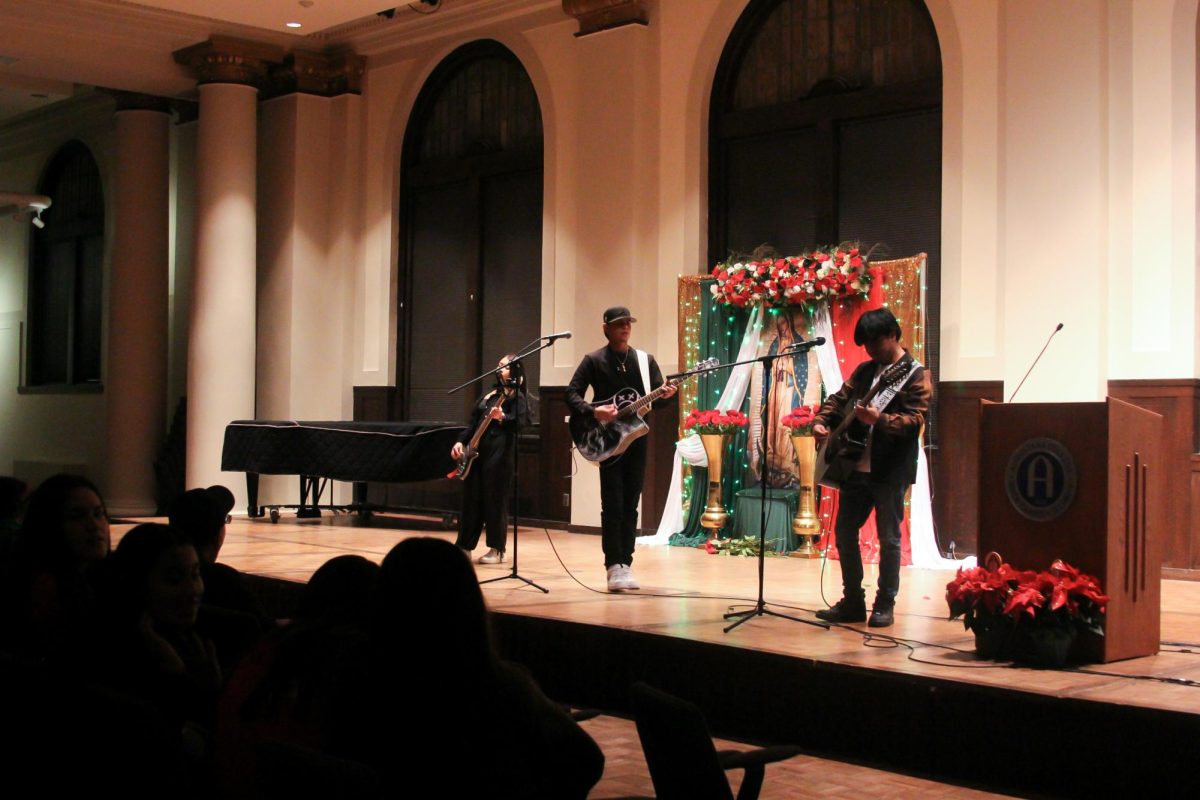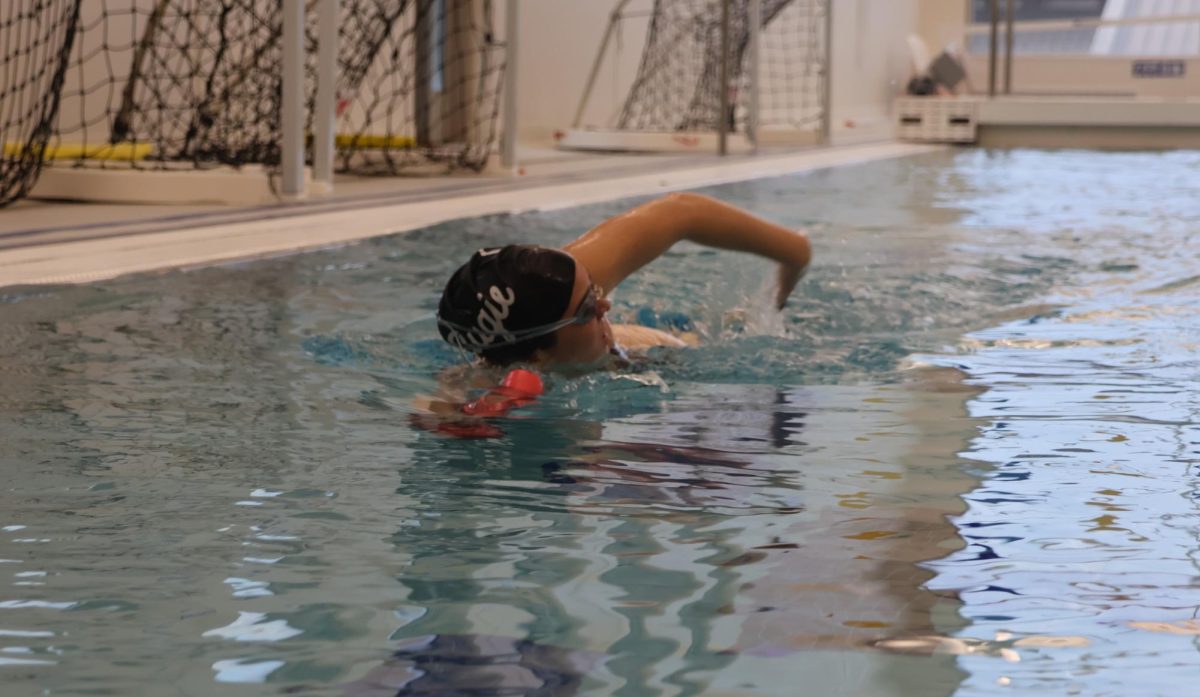The misuse of force by law enforcement has gone on for far too long. We need either a complete overhaul of the system, or total destruction of the system. We should defund the police budget, and instead invest in mental health services and community outreach programs.
Big cities invest too heavily in their police departments. According to GQ, Los Angeles gave $3.14 billion dollars to the LAPD out of a city-wide budget of $10.5 billion. New York, Chicago and Oakland also give exorbitant amounts of money to their police departments. Does piling money on police departments really help prevent crime, or does it only give police the means to escalate encounters into something more violent?
Police are taught that every interaction with a citizen constitutes a potential threat. During basic training, a common video shown is the “Dinkheller video”. The video shows a situation where a man is pulled over for speeding, gets out of his car and baits an officer into approaching him. He then pulls a gun on the officer. In the ensuing fire-fight the man shoots the officer nine times, and ends up killing him. This is shown to teach officers that any situation could escalate to such a point.
A strong emphasis on defending themselves from criminals creates a mindset that sociologist Michael Sierra-Arévalo calls “the danger imperative”. This leads officers to take risks like refusing to wear a seatbelt when driving, so as to have better access to their firearm. It can also lead officers to misjudge or escalate a situation.
Let’s look at the case of officer Jonathan Aledda back in 2016. A man named Charles Kinsey was taking care of Arnaldo Rios Soto, a severely autistic man who had run away from his group home and out into the middle of the street. A passerby called the police and told the police that Soto was holding “something that was shaped like a gun”. When the police arrived, Kinsey laid on the ground and held up his hands, screaming for the officers not to shoot. Aledda fired three times.
Aledda said he had been aiming for Soto. Instead he hit Kinsey in the leg. “It appeared he was screaming for mercy or help or something,” Aledda later said in a testifimony about what happened. “In my mind, the white male had a gun. I couldn’t hear what the black man was saying. I thought he might get shot.” Ironically, Kinsey wouldn’t have been injured at all had Aledda kept his gun in his holster.
Officers certainly have the right to defend themselves. It’s their job to deal with stressful and potentially deadly situations. But it’s hard to see how this shooting could be called self-defense or even prevention, when Kinsey was lying prone on the ground clearly saying that “[Soto] only has a toy car in his hand” and “don’t shoot”. All Aledda managed to do was shoot the man he was apparently trying to save. And situations like this are not uncommon.
We need to address that black Americans are over three times more likely to be killed by police than white Americans. The Black Lives Matter (BLM) movement has sparked a nationwide outcry against police brutality. It’s impossible to ignore the connection between police targeting communities of color and the insane percentage of black Americans currently imprisoned.
Long before the murder of George Floyd, advocates for civil rights have been calling for the abolition of police and prisons for decades. Activist Angela Davis has been an outspoken advocate for prison abolition since the 1970s. Davis is right — by ending the war on drugs and closing for-profit prisons, we can significantly reduce the amount of police shootings and stop the exploitation of black citizens.
Finally, we need to discuss the lack of accountability. The recent announcement that no officers will be charged for the killing of Breonna Taylor is only one example of many where officers have been let off the hook for murder or manslaughter. The lack of accountability for officers who break the law or kill civilians tells cops that it’s perfectly okay to continue acting this way. We need justice for those who die and we need officers to face the consequences of their actions.
Camden, New Jersey is probably the best example of police reform currently. They completely disbanded their police department in 2013, rebuilding the department from scratch with a focus on establishing better rapport with the community.
But one town is not enough. We need to invest in our communities and prevent crime by creating a better quality of life for everyone.
Such a transition is going to be a long, arduous process. It will also be a localized process. Each city will probably take a different approach to police reform. Some might follow New Jersey’s example and start by replacing officers who refuse to commit to a less violent system. Some might completely remove the presence of officers and focus solely on training mental health officials, or start programs to prevent crime from springing up in the first place. Some, like Minneapolis, might require more pressure from citizens in order for any change to occur at all.
What really matters is that we make the decision to defund the police and put systems in place that provide effective protection for citizens.
Categories:
It’s time to defund the police
October 2, 2020
0
More to Discover




































































































